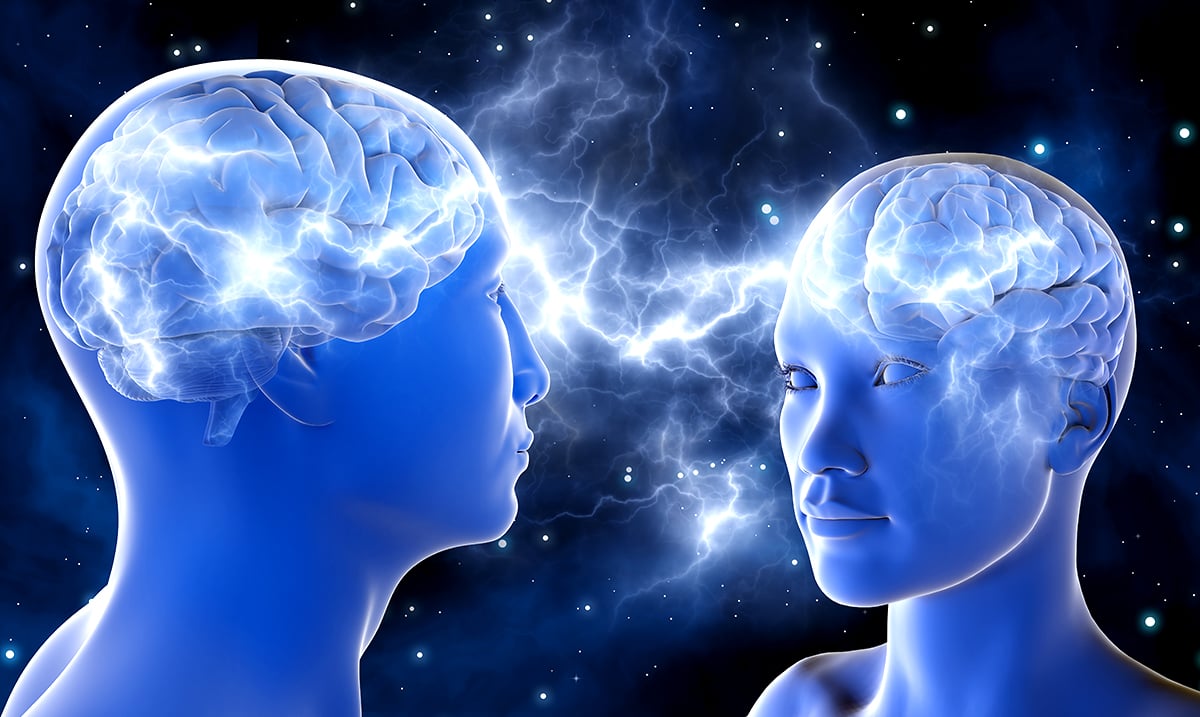Have you ever felt like you just clicked with someone? It seemed as if they just really ‘got you’ somehow?
Dr. Uri Hasson a Princeton based researcher spends a lot of his time going over our neurological basis and throughout his years he has uncovered a lot of interesting things. Hasson has noticed time and time again that on occasion our brains can be on the same wavelengths as the brains of others. This is something he calls brain coupling.
This happens most often when we are telling or hearing a story. You see, once it begins our brain activity becomes aligned with that of the others. The stronger the association the more aligned the brains will be with one another.
While there is still a lot to be learned about brain coupling it does open up room for a lot of questions. According to Princeton News, Hasson’s work has revealed a lot of crucial information in regards to how our brains absorb information as a whole. He has uncovered a lot about the ways in which we connect to one another.
Princeton News wrote as follows explaining his brain-to-brain communication research:
Hasson’s other line of research focuses on social interaction, another process that is difficult to examine under controlled laboratory settings.
“Cognitive neuroscience experiments typically isolate human or animal subjects from their natural environment by placing them in a sealed quiet room where interactions occur solely with a computer screen,” Hasson said. “In everyday life, however, we spend most of our time interacting with other individuals. … There is no way to understand the brain without understanding how it interacts with other brains.”
Hasson added, “Think about language, for example — I did not invent English but rather learned to speak by interacting with other native English speakers.”
Interpersonal interactions shape how people think and act in the world by modifying the brain responses of others, Hasson said.
He has demonstrated this concept with a novel two-step experiment involving speaking and listening. In the first step, one of the graduate students in Hasson’s lab, Lauren Silbert, told an unrehearsed, 15-minute story about one of her high school proms — a disastrous experience involving two suitors, a fistfight and a car accident — while undergoing fMRI. Then 12 other study participants were scanned via fMRI while listening to a recording of the story.
The results showed that not only did all of the listeners show similar brain activity during the story, the speaker and the listeners had very similar brain activity despite the fact that one person was producing language and the others were comprehending it. This brain coupling, or “mind meld,” attracted media attention in outlets ranging from the website of the technology magazine Wired and public radio’s Radiolab program to the pop culture blog Jezebel when it was published in the Proceedings of the National Academy of Sciences journal in 2010.
To hear more about this interesting concept please feel free to check out the video below. What do you think about all of this? I for one find it truly mind-blowing. I guess our gut-feelings about others are much more accurate than you’d assume.

